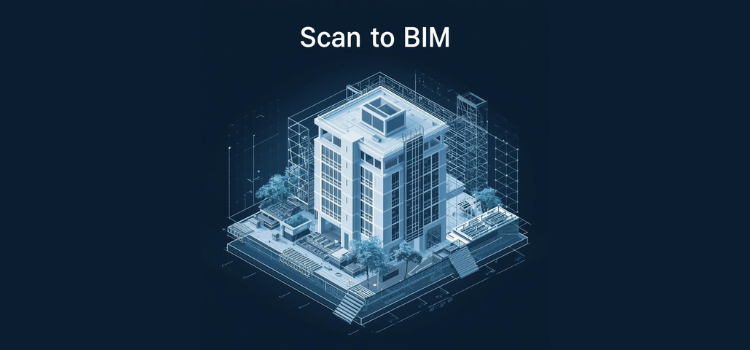As the demand for accurate building documentation grows, the construction and real estate industries are shifting toward smarter digital solutions. Among these advancements, Scan to BIM services have emerged as a game-changing process for documenting existing structures with unmatched accuracy. Whether for retrofits, renovations, facility upgrades, or heritage conservation, Scan to BIM allows project teams to capture real-world conditions and convert them into intelligent 3D building models.
What Are Scan to BIM Services?
Scan to BIM is a process that uses laser scanning technology to capture detailed measurements of a building and its surroundings. The scanned data is converted into a highly accurate BIM model, which represents architectural, structural, and MEP elements exactly as they exist on site.
These as-built digital models provide essential information for architects, engineers, contractors, and facility owners—making design decisions more accurate and reducing costly surprises during construction.
Why Scan to BIM Matters in Today’s AEC Industry
Traditional site surveys often suffer from errors, missing details, and manual interpretation. In contrast, Scan to BIM services offer:
📌 High-precision documentation
📌 Reduced site visits and manual measurements
📌 Faster renovation planning
📌 Reliable as-built models for facility management
The point cloud data generated during scanning captures every site condition, enabling teams to design confidently based on real geometry rather than assumptions.
Applications of Scan to BIM in Modern Construction
Scan to BIM is not only useful for renovation projects—it supports multiple opportunities across the AEC industry, including:
- Heritage building digitization
- Commercial upgrades and expansions
- Industrial facility renovations
- Hospital and hotel retrofits
- Interior design and space optimization
- Fire safety and MEP system planning
By using a precise BIM model as a foundation, teams can improve design quality, avoid layout conflicts, and predict potential challenges before construction begins.
Enhancing Facility Management with As-Built Modelling
Once a building is complete, its value extends beyond the construction phase. With as-built modelling and facility management, property owners gain digital access to equipment data, maintenance schedules, and performance insights—making long-term building operations more efficient and cost-effective. This digital documentation becomes a powerful asset for lifecycle planning, asset tracking, and modernization.
Empowering Smarter Decisions With BIM Modelling
Scan to BIM doesn’t just create a 3D model; it builds a foundation for smarter project execution. When paired with BIM coordination and clash detection, quantity take-offs, and shop drawing services, Scan to BIM ensures that future work aligns perfectly with actual site conditions.
Conclusion
In an era where precision drives profitability, Scan to BIM services empower the construction industry with reliable data, reduced risk, and enhanced lifecycle value. As buildings continue to age and cities evolve, investing in accurate digital records is no longer a choice—it’s a strategic advantage for every future-ready project.


